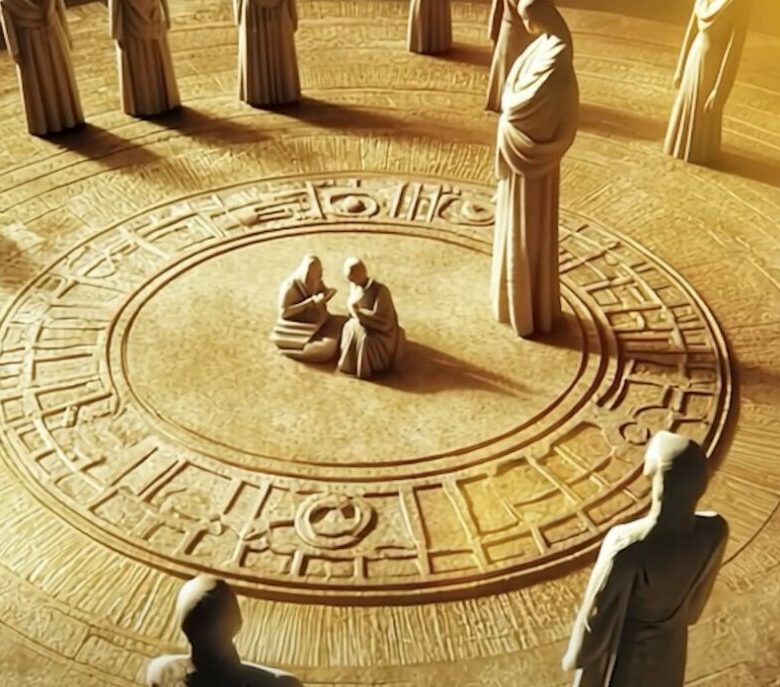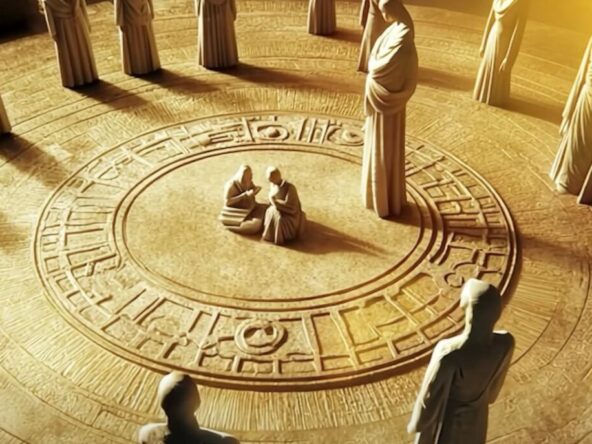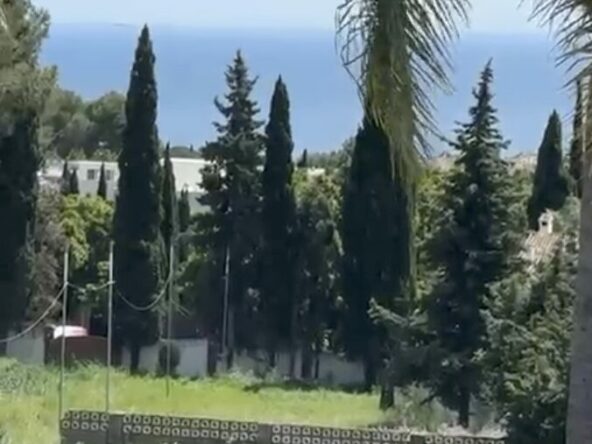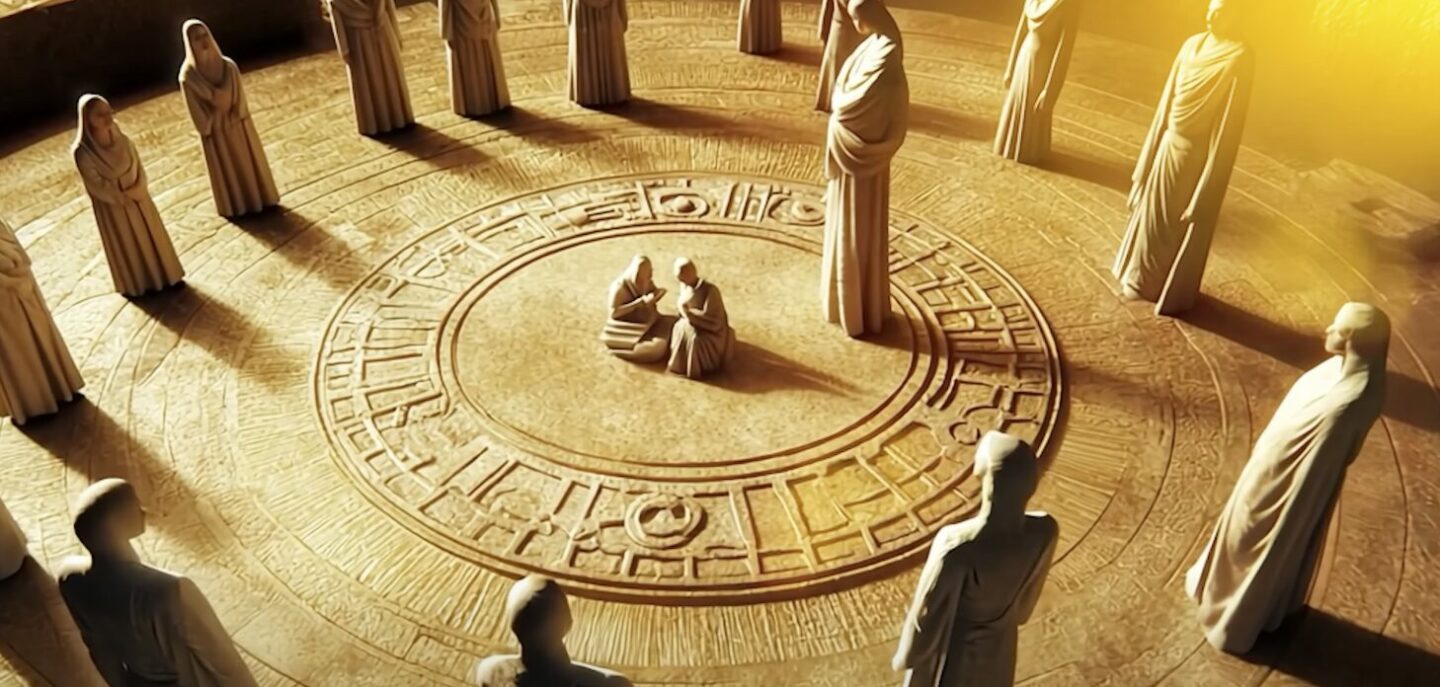Mu: The Mythical Mother Civilization 🌊🏝️
Mu: The Mythical Mother Civilization 🌊🏝️
Description
Mu: The Mythical Mother Civilization 🌊🏝️
Introduction
The legend of Mu, often called a “mother civilization,” captures the imagination as a lost Pacific continent that supposedly birthed advanced cultures thousands of years ago. 🗿 Unlike well-documented civilizations like Ancient Egypt or Mesopotamia, Mu exists in a realm of speculation, blending myth, pseudoscience, and scattered archaeological hints. 🌋 Proponents claim it was a vast, sophisticated society spanning from Easter Island to Southeast Asia, influencing later civilizations like the Indus Valley or Polynesian cultures. Skeptics, however, argue it’s a 19th-century fabrication with no solid evidence. 🔍 This article dives into Mu’s origins, its role as a supposed “mother civilization,” the debates surrounding its existence, and its cultural legacy, using emojis to highlight key themes.
Origins of the Mu Myth 📜
The concept of Mu emerged in the 19th century, largely through the work of Augustus Le Plongeon, a French-American archaeologist, and later James Churchward, a British occult writer. 🧑🏫 Le Plongeon, studying Mayan ruins in Yucatán, claimed to have deciphered texts suggesting Mu was a lost continent in the Pacific, home to an advanced civilization that predated and influenced the Maya and Egyptians. 📚 Churchward expanded this in the early 20th century, publishing books like The Lost Continent of Mu (1926), where he described Mu as a Pacific paradise with advanced technology, a population of millions, and a culture that seeded global civilizations. 🌍
Churchward’s evidence was dubious, relying on “ancient tablets” he claimed to have seen in India and Mexico, which no one else could verify. 🕵️♂️ He asserted Mu sank in a cataclysm around 24,000 BCE, leaving only remnants like Easter Island’s moai statues, which some speculate face inward toward the sunken continent. 🗿 Mainstream historians dismiss these claims, noting the lack of primary sources and the speculative nature of Le Plongeon’s translations. Instead, they trace Mu’s roots to misinterpretations of Mayan and Polynesian myths, amplified by colonial-era fascination with lost worlds. 🌴
Mu as a “Mother Civilization” 👩👧👦
In anthropological terms, a “mother civilization” is an early culture that profoundly influences later societies through its innovations, philosophies, or technologies. Examples include Ancient Egypt in the Mediterranean or the Olmec in Mesoamerica. 🏛️ Proponents of Mu argue it was the ultimate mother civilization, predating all known societies and spreading its knowledge across the Pacific and beyond. 🌐 They claim Mu’s survivors migrated after its collapse, founding proto-civilizations in places like the Indus Valley, Easter Island, or even Atlantis.
Speculative sources suggest Mu ruled 60,000 years ago, with territory from Easter Island to Southeast Asia, boasting advanced architecture and navigation. Some even link Mu to Lemuria, a hypothetical continent proposed by 19th-century zoologists to explain lemur distribution, later co-opted by mystics. These claims posit Mu as the origin of writing, agriculture, or even spiritual practices, with its legacy preserved in Polynesian oral traditions or anomalous Pacific artifacts. 🌺
However, no archaeological evidence supports a unified Pacific civilization of such antiquity. 🏺 Mainstream scholars argue that cultures like the Lapita, who spread across Polynesia around 1500 BCE, better explain Pacific migrations and cultural diffusion. 🚤 The “mother civilization” label for Mu oversimplifies complex, independent developments in regions like Mesopotamia or the Indus Valley, which have well-documented origins. 📊
Archaeological and Geological Context 🪨
The idea of a sunken continent relies on geological feasibility, but science offers little support. 🌊 The Pacific Ocean’s tectonic activity, with its “Ring of Fire,” could theoretically submerge landmasses, but no evidence suggests a continent-scale collapse in the last 60,000 years. 🌋 Declassified geological surveys cited in some X posts claim “anomalous magnetic signatures” beneath the Pacific floor, hinting at submerged structures, but these are inconclusive and not widely accepted.
Easter Island’s moai, often tied to Mu, are dated to 1200-1700 CE, far too recent to support claims of a 24,000 BCE civilization. 🗿 Similarly, underwater formations like Yonaguni in Japan, sometimes called “Mu’s ruins,” are likely natural rock formations shaped by currents, not human-made structures. 🪨 Radiocarbon dating and oceanographic studies show no trace of a lost continent, and human presence in the Pacific before 50,000 years ago is limited to coastal migrations. 🛶
Cultural and Symbolic Significance 🎭
Despite its lack of evidence, Mu’s myth resonates as a symbol of human curiosity about our origins. 🌟 It reflects a desire to connect disparate cultures under a single, ancient source, much like Atlantis or Eden. In popular culture, Mu appears in books, games, and New Age spirituality, often depicted as a utopian society with advanced knowledge lost to time. 📖
Emojis capture Mu’s allure:
-
🌊 Represents the ocean that supposedly swallowed Mu.
-
🗿 Symbolizes the moai, tied to Mu’s legacy.
-
🌴 Evokes the Pacific islands where Mu’s influence is imagined.
-
🔍 Highlights the ongoing search for evidence.
-
🌍 Suggests Mu’s global cultural impact.
In modern contexts, Mu inspires discussions about humanity’s shared heritage, even if the civilization itself is fictional. 🗣️ It also raises questions about how myths shape our understanding of history, as seen in Daniel Quinn’s Ishmael, where “Mother Culture” describes influential cultural narratives that guide societies unconsciously.
Debates and Criticisms ⚖️
The Mu hypothesis faces significant criticism:
-
Lack of Evidence: No artifacts, texts, or structures confirm Mu’s existence. Claims rely on unverified sources like Churchward’s tablets. 📜
-
Cultural Misrepresentation: Linking diverse cultures (e.g., Mayan, Polynesian) to a single source oversimplifies their unique histories. 🏺
-
Pseudoscience: Geological and archaeological data contradict a sunken continent. 🌋
-
Colonial Bias: 19th-century theories often assumed non-Western cultures needed an external “advanced” source, ignoring their independent achievements. 🧑🏫
Defenders argue that oral traditions, like Polynesian stories of a lost homeland, or anomalies like Yonaguni, suggest a kernel of truth. 🌺 They claim mainstream science dismisses unconventional evidence due to bias. 🕵️♂️ However, extraordinary claims require extraordinary evidence, and Mu’s narrative lacks the rigor of established civilizations like Rome or the Indus Valley. 🏛️
Emojis in Context 😊🌍
Emojis, as a modern communication tool, can illustrate Mu’s story vividly. Originating in Japan in the 1990s, emojis evolved from simple pictographs to a global “lingua franca,” much like Mu’s supposed role as a cultural unifier. Here’s how emojis enhance the narrative:
-
Emotional Nuance: 😔 for the loss of Mu, 😊 for its utopian vision.
-
Cultural Symbols: 🗿 for Easter Island, 🌴 for Polynesian heritage.
-
Exploration: 🔍 for archaeological quests, 🌊 for the Pacific’s mysteries.
-
Global Reach: 🌍 for Mu’s claimed influence, 🚤 for ancient migrations.
Just as emojis add emotional depth to text, Mu’s myth adds romantic intrigue to history, even if unproven.














 if you wish to Buy, Sell, Charter,Rent
if you wish to Buy, Sell, Charter,Rent
